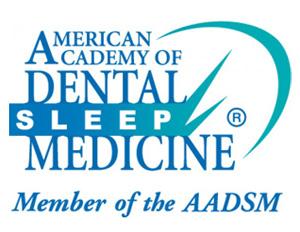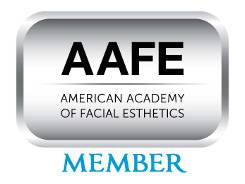 Cracked and chipped teeth can be unsightly and painful, but dental restoration can help. Even a painless chip or crack may become a bigger problem if left untreated. Severe pain, swollen and tender gums, and infection may result. In the worst cases, it will be necessary to extract the broken tooth. There are many ways to treat broken teeth and prevent chips and cracks from growing. This article will explore the most common dental restorations for damaged teeth.
Cracked and chipped teeth can be unsightly and painful, but dental restoration can help. Even a painless chip or crack may become a bigger problem if left untreated. Severe pain, swollen and tender gums, and infection may result. In the worst cases, it will be necessary to extract the broken tooth. There are many ways to treat broken teeth and prevent chips and cracks from growing. This article will explore the most common dental restorations for damaged teeth.
Dental fillings or bonding
It is possible to repair minor chips and cracks with a dental filling or dental bonding. A filling is a common restoration used for cavities, but it can also fill in cracked teeth if the damage is not too great. Possible filling materials include silver fillings (amalgam fillings), gold fillings, and ceramic fillings.
Composite bonding can replace minor damage on the front teeth. Tooth bonding is a composite resin that matches various teeth shades, making it indistinguishable from the rest of the tooth structure. Bonding often takes only one appointment to complete.
Dental crowns or caps
A dental crown may be the answer if the chip or crack is too large to be solved with a filling. Also known as a cap, a crown completely covers the damaged tooth. Consisting of porcelain, crowns easily blend in with the rest of the teeth. Crowns are common for treating badly chipped teeth and painfully cracked molars.
Inlays and onlays
If the crack or chip is too severe for a filling but not severe enough for a crown, the dentist may recommend dental inlays or onlays. Inlays are dental restorations used to repair teeth with cracks between the cusps (the outer corners); onlays repair chips on the cusps. These restorative treatments typically consist of tooth-colored porcelain or composite resin. Gold inlays and onlays may also be available for some patients.
Root canals
Cracks and chips that extend into the tooth's root and leave the pulp infected will require a root canal. Despite popular misconception, root canals are not painful when done properly. Local anesthesia ensures the patient only feels minor discomfort at most. After removing the dental pulp, the dental professional will place a crown over the area.
Porcelain veneers
Dental veneers can repair cosmetic chips like those on the front teeth. The dentist will alter the natural tooth so that the veneer, a wafer-thin shell, can be placed on top. Veneers look like natural teeth and need to be cared for in the same manner. Traditional veneers can last up to 15 years; porcelain veneers can last as long as 20 years with proper care.
Dental implants
Dental implants may be the best option when the tooth is chipped or cracked beyond repair. An implant is a metal post surgically inserted into the patient's jawbone. An abutment is then screwed into the post, and a dental crown is placed on top. Think of them like permanent dentures. Implants are popular dental restorations due to their long-lasting results and functionality (they feel like real teeth).
Dental restorations for cracked or chipped teeth
Chipped or cracked teeth should be seen by a dentist as soon as possible. If the chip is painful, an emergency dental visit is recommended. Contact us to learn more about our restorative dental treatments.
Request an appointment or call Artisan Dental Bellevue at 425-454-2005 for an appointment in our Bellevue office.
Related Posts
Seeing your dentist for a dental restoration can be nerve-racking if you do not know what to expect. Some procedures are invasive, while others are not. Knowing more about the different processes can help you make informed decisions about your procedure. Here are five dental restoration FAQs you can ask your dentist.This dental restoration refers…
A dental restoration can repair your teeth and improve your smile. Following the recommended aftercare instructions is important to ensure the results last as long as possible. Whether you are getting a filling, a root canal, or a tooth pulled, slacking on aftercare can lead to pain and discomfort. Save yourself some trouble and avoid…
Aftercare and long-term care are vital for maintaining the results if you have recently undergone a dental restoration procedure. Maintaining the results does not have to be difficult; however, you must remain dedicated to caring for your new smile. Following the simple tips below will extend the life of your new dental work.No matter the…









